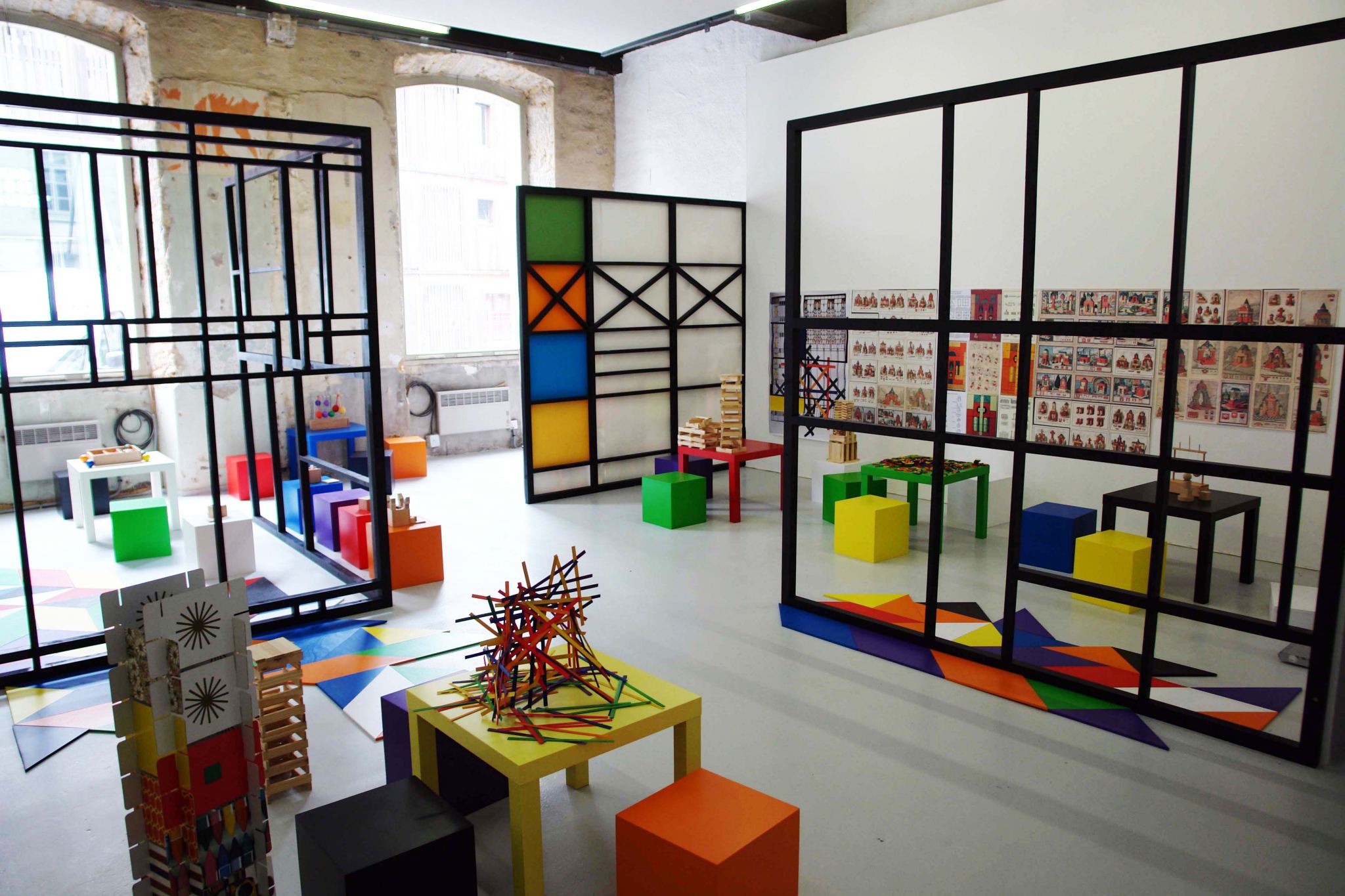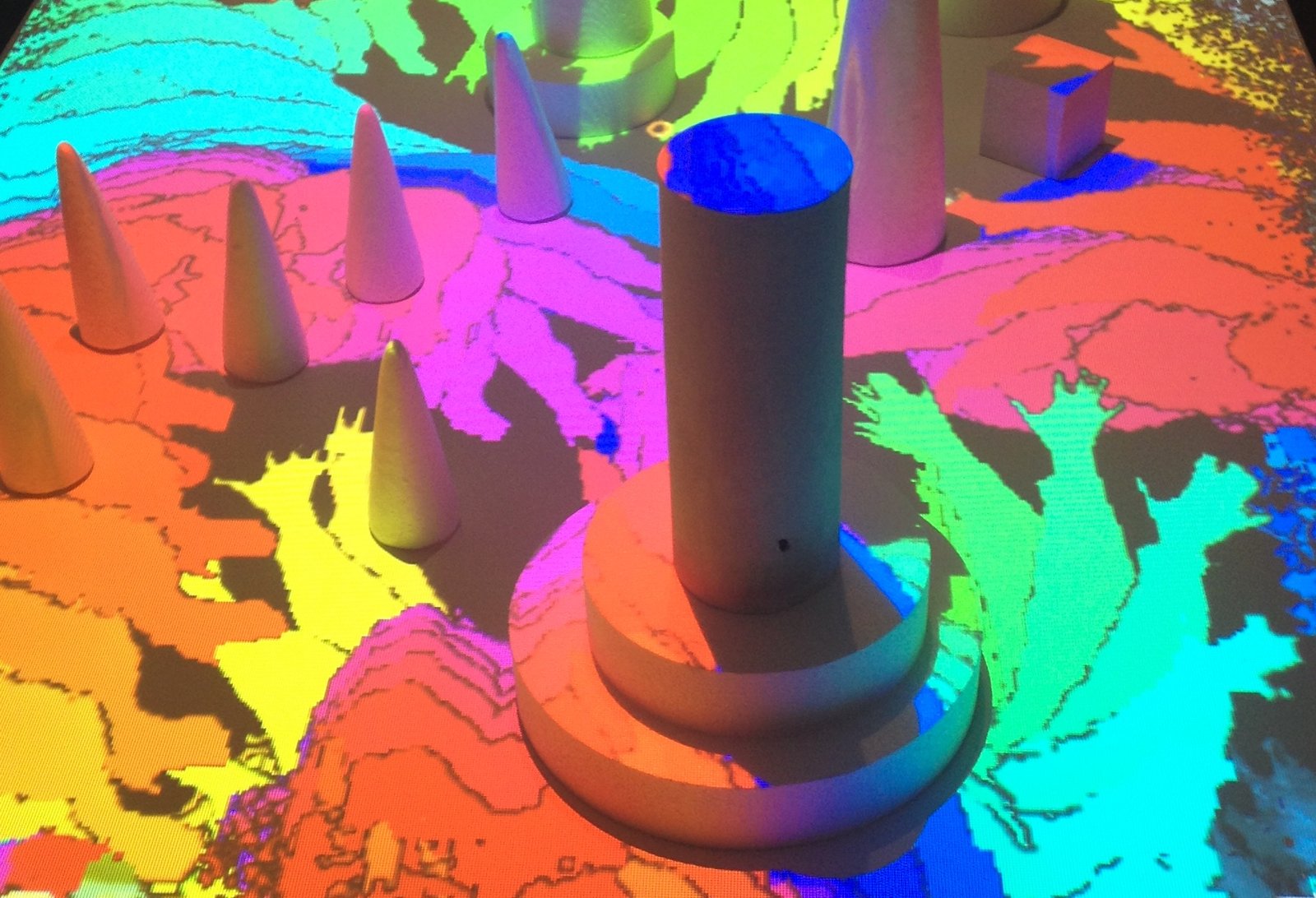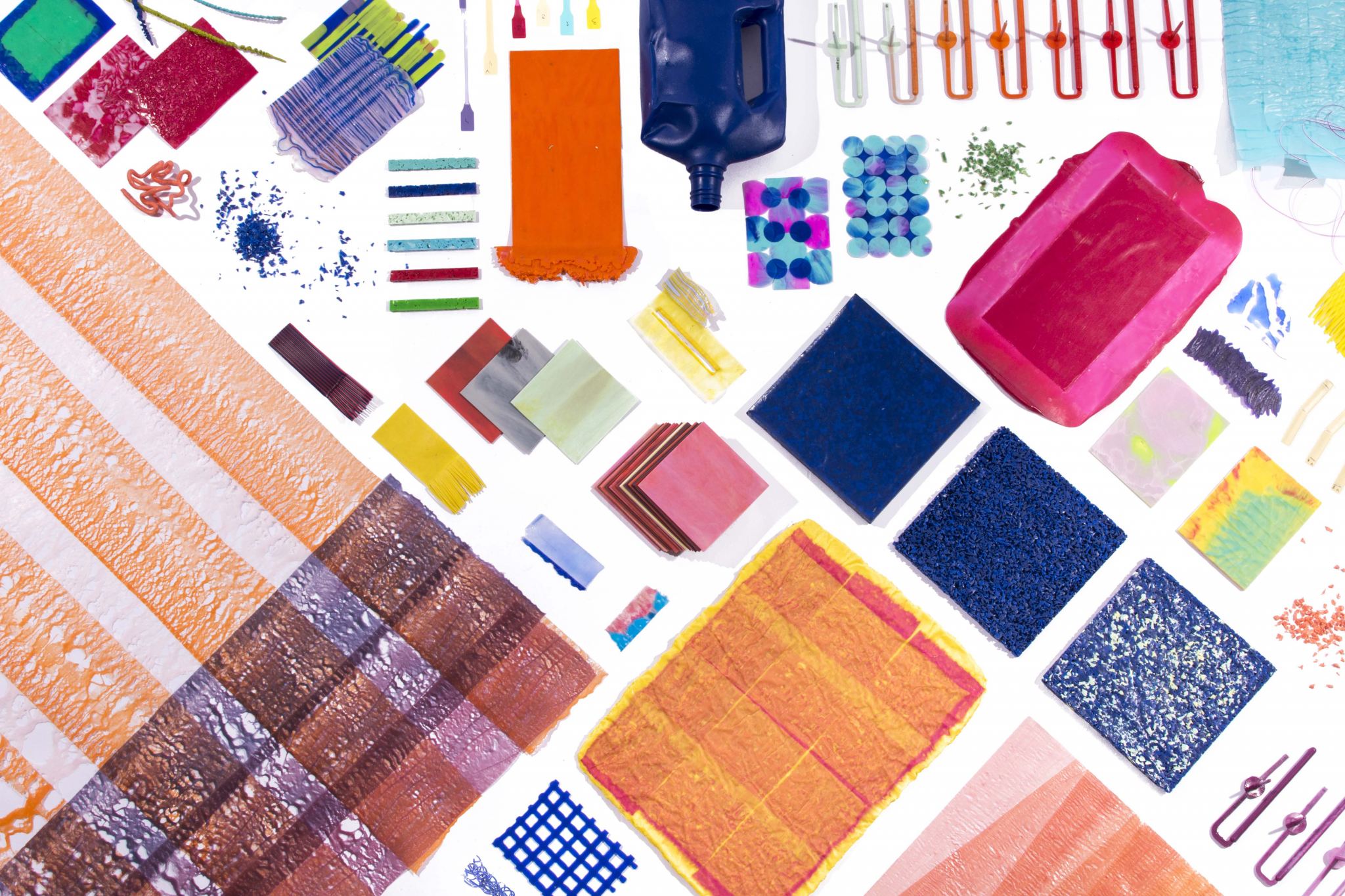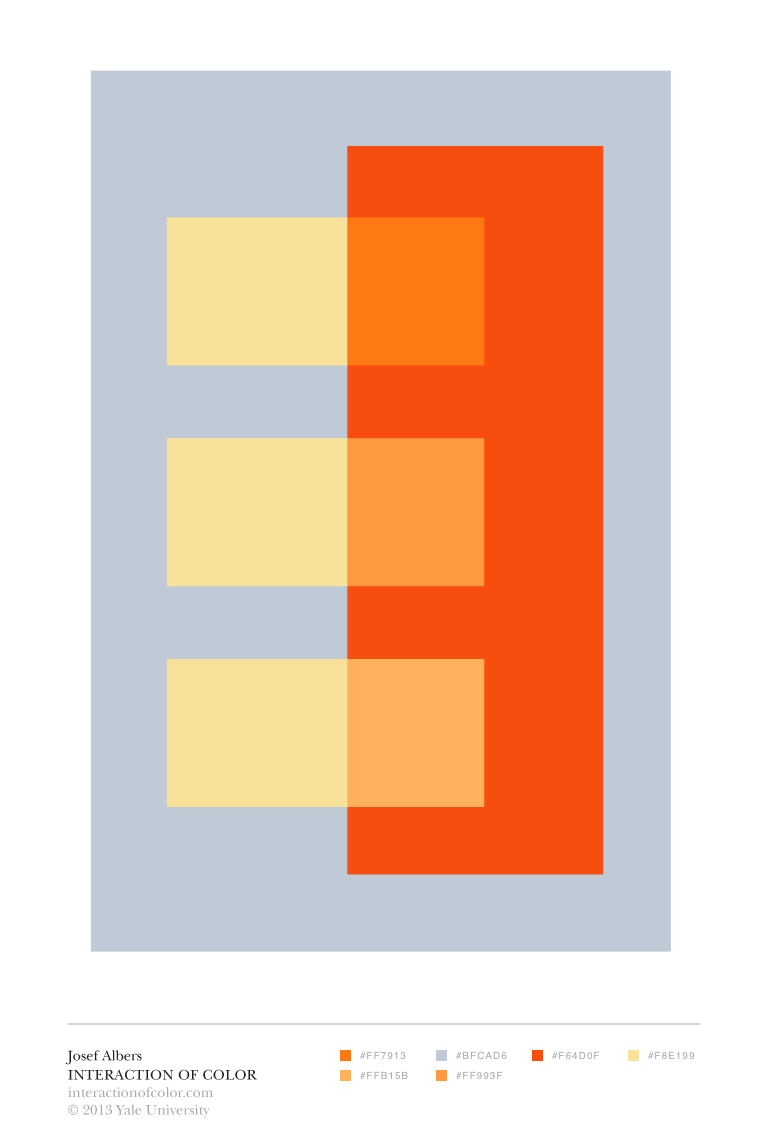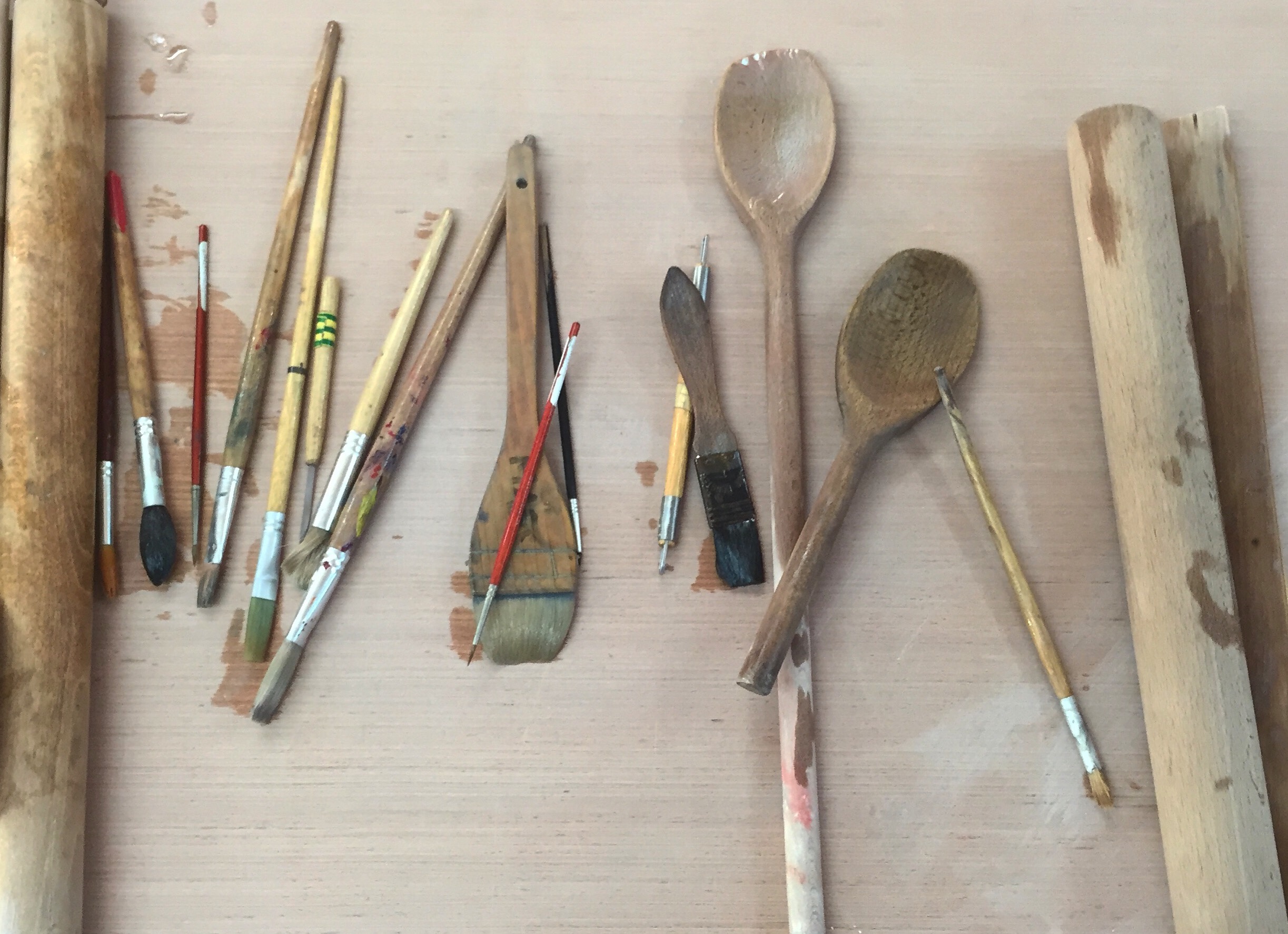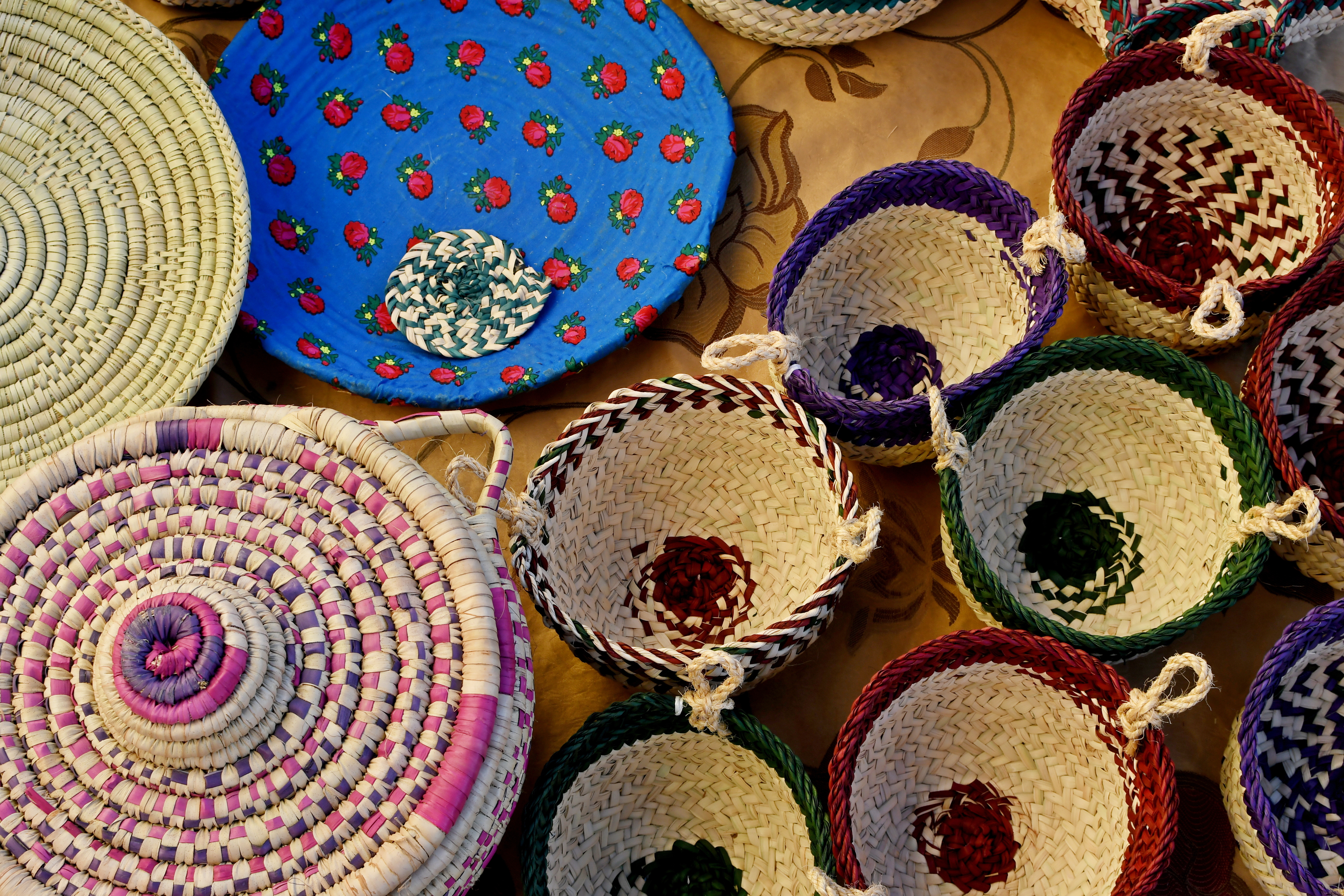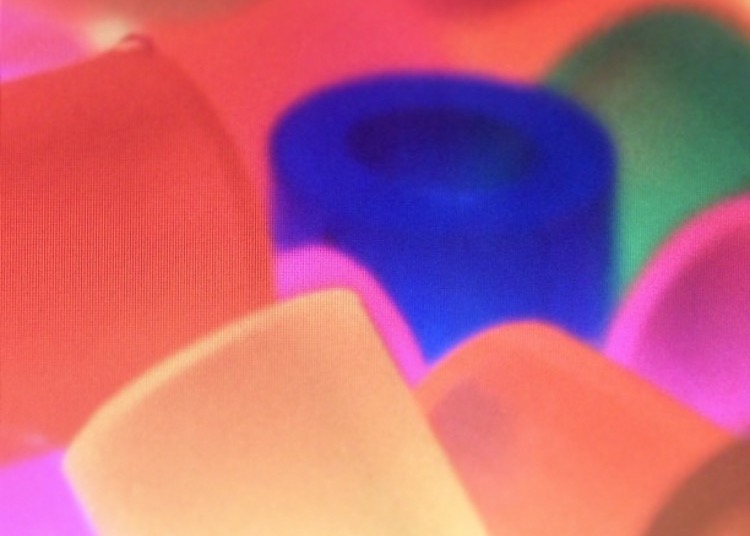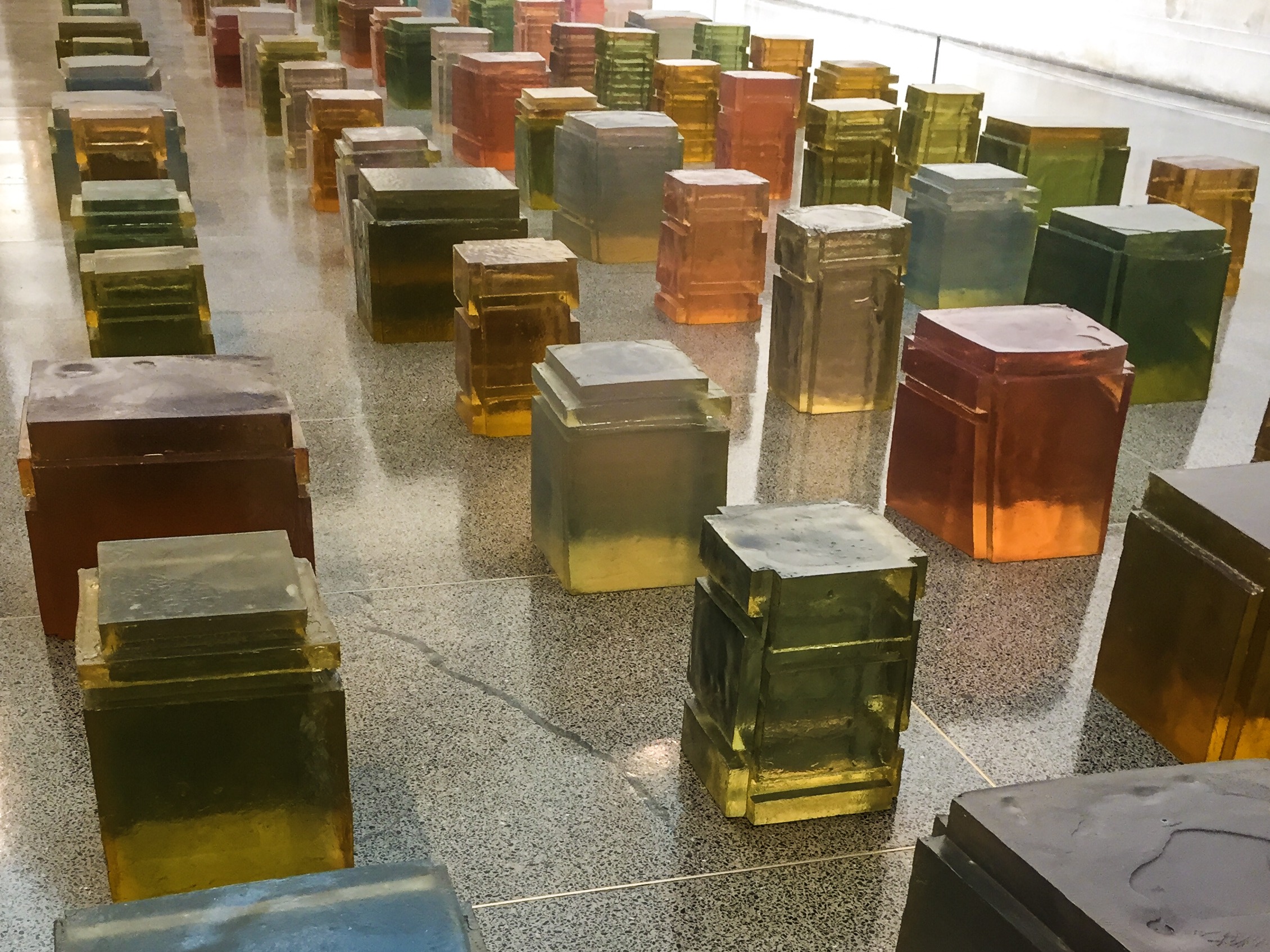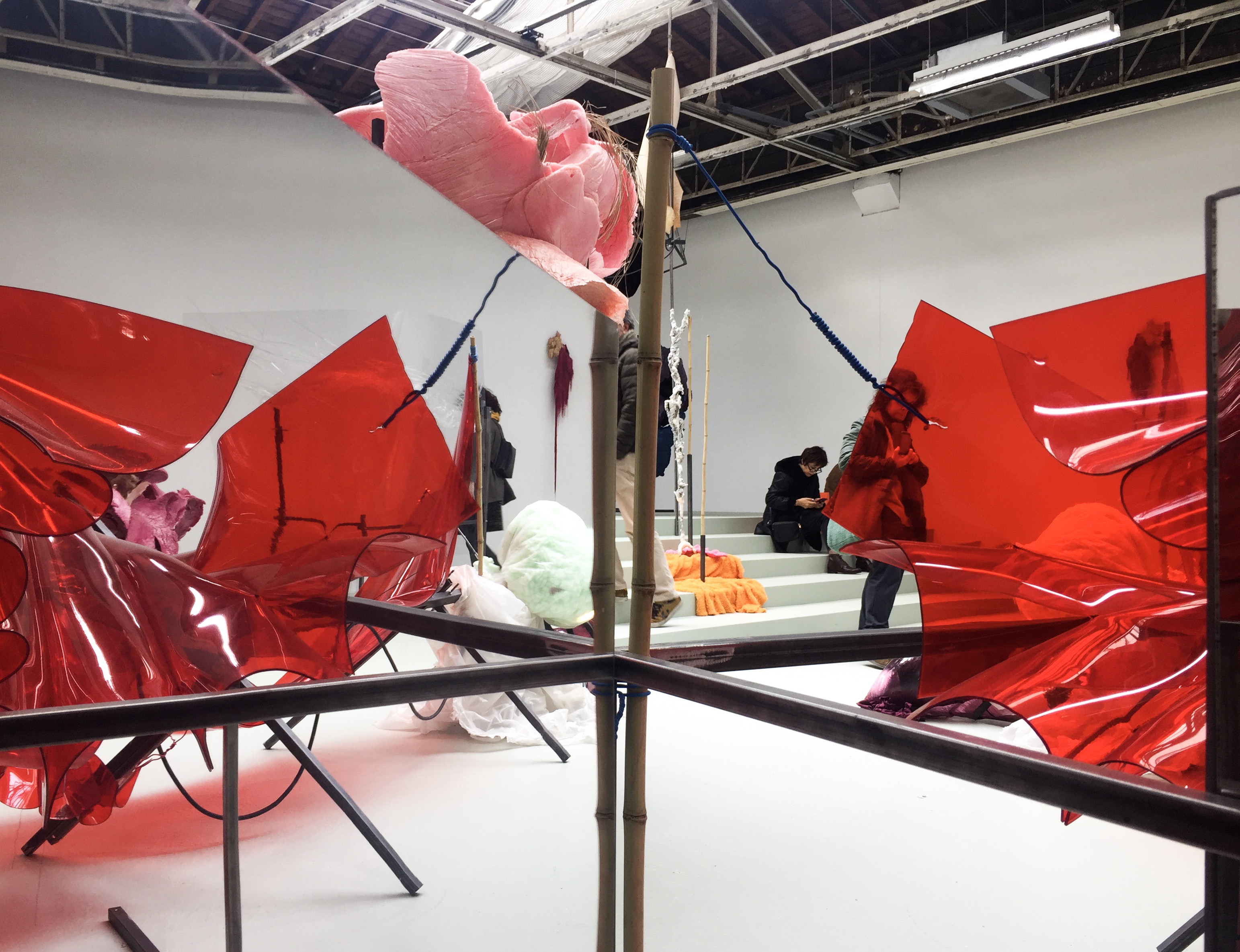Frederich Fröbel’s founded the first kindergarten in 1700s Germany. Since this time, his work on education has influenced many people including a myriad of teachers, artists and architects. In this blog post, Eamon O’Kane – an Irish-born, Norway-based visual artist and Professor at Bergen University – talks about how different early childhood educators, including Fröbel, have inspired his art practice. Eamon O’Kane’s installation ‘Frobel’s Studio.’ Image credit: Eamon O’Kane “We don’t stop playing because we grow old; we grow old because we stop playing.” George Bernard Shaw “In every real man, a child is hidden that wants to play.” Friedrich Nietzsche Can you talk a little bit about your background as an artist, an educator and now academic? I have been working as an artist for over 20 years. For the past 19 years, I have also worked full-time in universities in Ireland, England and more recently in Bergen, Norway.…
Vygotsky on collective creativity
This post shares Vygotsky’s idea of collective creativity, a concept presented in his article ‘Imagination and Creativity in Childhood’. I firstly talk about how he defines creativity and imagination. I then use these understandings to consider how children’s creativity emerges through play. Lev Vygotsky (1896 -1934) was a Soviet psychologist who researched children’s learning in social and cultural contexts. In particular, his theory of ‘social constructivism’ discussed the importance of social interactions in children’s cognitive development. Vygotsky was also very interested in creativity and imagination how these were understood in education. What is creativity? Vygotsky believed that creativity arises from any human activity that produces something new. Creative acts could produce anything from physical objects to a music score to a new mental construct. Creativity is therefore present when major artistic, scientific and technical discoveries are made. It is also existent whenever an individual alters, combines, images or makes something new.…
Jessica den Hartog’s art made from recycled plastic
The use of plastic in classrooms is becoming an important issue for teachers. For example, public schools in the United Kingdom have been encouraged to eliminate single-use plastics (like straws, disposable water bottles and glitter) by the end of 2022. However, plastic can also be a wonderful material for artistic experimentation, as Dutch designer Jessica den Hartog shares with us in this post. Jessica is a researcher and designer whose artistic practice has explored the relationship between colour and recycled plastic. Based in Maastricht in the Netherlands, her art focuses on the importance of experimentation with the material. This is in contrast to making a specific end product. Image: Jessica in her art studio. Credit:Jessica den Hartog Louisa Penfold: I understand you have worked in both styling and design. Can you tell us about your background and how your interest in recycled plastic came about? Jessica den Hartog: My interest…
Josef Albers on the wonder of color in art education
This post discusses Josef Albers’ classic book ‘Interaction of Color,’ one of the most influential art and design texts of the 20thcentury. Albers was a painter, designer and educator who is regarded as a pioneer of Modernism. “Good teaching is more a giving of right questions than a giving of right answers” Josef Albers “In visual perception, a thing is never seen as it really is” Josef Albers Who was Josef Albers? Josef Albers (1888-1976) was a German-born artist, designer and educator. He firstly trained and worked as a primary school teacher before formally studying painting at the Royal Academy of Arts in Germany. He then taught at the revolutionary art school, the Bauhaus alongside renowned artists such as Paul Klee, Kadinsky and László Moholy-Nagy. Albers’ built his reputation as a both a renowned painter and object designer. When the Nazi’s forced the closure of the Bauhaus in 1933, Albers then migrated to America where he…
Ivan Illich on tools that support conviviality
In 1973 Ivan Illich, a Catholic priest and Professor at Penn State University, published his famous text, Tools for Conviviality. In the book, he argued for people’s need to take control of the tools and processes of production that shaped their lives. Illich believed that people’s ability to participate in these processes would allow them to live more meaningful lives. Read on to learn more about the key ideas explored in Tools for Conviviality. What did Illich see as society’s primary problem? Illich believed that the advancement in mechanical, mass and industrial production had removed a person’s free use of their natural abilities. This development had also come at the expense of an individual’s capacity to connect with themselves and others, leading to the deterioration of the fabric of community. Illich argued that people do not just need the ability to obtain things, they also need the ability to make the…
Sharon Shaffer discusses children’s learning with museum objects
Young children have become an increasingly important audience for museums around the world. While many cultural institutions offer something for children, approaches and practices towards this audience vary dramatically across the sector. In this post, early childhood and museum education specialist Sharon Shaffer shares her top tips for connecting young children with museum objects. Sharon was Director of the Smithsonian Early Enrichment Centre (SEEC) for 24 years. The SEEC is a lab school in Washington D.C. with a museum-based curriculum. Children attending the Centre visit and learn in the various Smithsonian museums every day. The post begins with Sharon telling us a little bit about her background in museums and education. The two of us then discuss topics such as the importance of scaffolding in children’s learning, how learning can be evaluated in museums and the need for flexibility in the design of early year’s education activities. Sharon’s background in…
Simon Nicholson’s theory of loose parts
In 1972 Simon Nicholson, the son of artists Ben Nicholson and Barbara Hepworth, presented the idea that young children’s cultural participation comes from the presence of open-ended ‘loose part’ materials that can be transformed in different ways. This post explores the key principles of the theory, including key debates surrounding it. What is loose parts theory? The term ‘loose parts’ was coined by Simon Nicholson, an English architect and artist. The loose parts theory was first presented in Nicholson’s article ‘the theory of loose parts: An important principle for design methodology.’ This theory rejects the idea that creativity is a characteristic of a select few. Nicholson claimed that people have been misled to think that creating artworks and buildings is so difficult that only highly gifted people can do it. In opposition to this, Nicholson argues that all people, including young children, are capable of participating in the construction of culture. Loose parts…
Children’s creative learning through the sculptures of Rachel Whiteread
This post looks at the art of Rachel Whiteread, a contemporary British sculptor who creates objects and spaces using different materials such as resin, plaster, concrete, rubber and plastic. Her works range from small-scale moulds of everyday objects such as hot water bottles to gigantic life-sized houses. Tate Britain in London recently exhibited a retrospective of her sculptures. As part of the show, her installation ‘Untitled (one hundred spaces)’ (1995) was displayed in the main entrance hall of the gallery. In this post, I use this artwork as a thinking tool for considering how its materials, tools and processes could be used to produce a children’s creative learning environment. This post is part of a series that aims to share innovative ways that artists are working with materials and how this may be used as a starting point for children’s creative learning. The first post in this series explored the…
Children’s creative learning through the art of Daiga Grantina
This post looks at Daiga Grantina’s installation ‘Toll,’ to consider how the sculpture could be used to design a children’s material-play environment. I am still recovering from the awesomeness of all the modern and contemporary art I encountered on my recent trip to Paris. A highlight was seeing Daiga Grantina’s gigantic, multi-media sculpture, ‘Toll’ at the Palais de Tokyo. In this post, I take a closer look at Daigna’s experimentation with materials in the installation. I then consider how this could be used as a starting point for children’s creative learning. This post is part of a four-part series looking at artist’s innovative ways of working with materials and how this can be used to support children’s creativity. The first two posts looked at the art of French sculptor, César Baldaccini and American textile artist, Sheila Hicks. Check them out if you have not already! Daiga Grantina is a Latvian-born…


